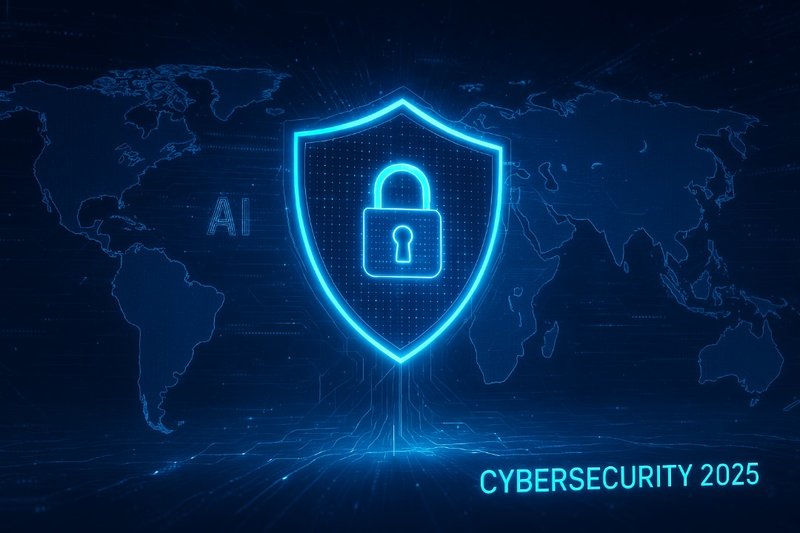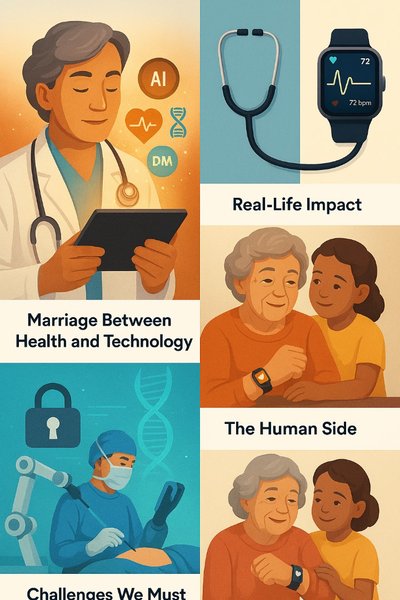Introduction: A Year of Unprecedented Digital Risk and Opportunity
The year 2025 marks a turning point in cybersecurity. As digital transformation accelerates worldwide, the scale and sophistication of cyber threats have reached levels that challenge even the most advanced defense systems. From AI-powered cyberattacks and deepfake scams to ransomware targeting hospitals and governments, the threat landscape is evolving faster than many can respond. Yet, this year also brings breakthroughs in security technology — tools and strategies that, if applied wisely, can keep individuals, businesses, and nations secure.
Understanding the 2025 Cybersecurity Landscape
A Perfect Storm of Technology and Threats
In 2025, cybercriminals are no longer lone hackers hiding in dark basements. They operate in organized, well-funded groups — often backed by state-level resources. Artificial Intelligence is being used to automate phishing campaigns, bypass facial recognition, and create synthetic identities that fool banks and employers.
In Africa, for instance, mobile money fraud has surged, with attackers using AI-generated voices to impersonate trusted officials. In Europe, critical infrastructure like energy grids faces constant probing from hostile actors. In Asia, manufacturing and supply chains are prime targets due to geopolitical tensions. And in the Americas, ransomware has evolved into data hostage scenarios where attackers threaten to leak confidential information unless paid in cryptocurrency.
Key Cybersecurity Trends Shaping 2025
1. AI-Powered Attacks and Defenses
While AI is fueling new cyber threats, it’s also enabling faster detection and prevention. Predictive threat analytics can now identify suspicious activity before an attack occurs. In Ghana, some banks are using AI-based fraud detection systems that block transactions within seconds of detecting anomalies.
2. Zero Trust Architecture
Gone are the days of “trust but verify.” In 2025, organizations adopt Zero Trust Security — meaning no user or device is trusted by default, whether inside or outside the network. Every access request is continuously verified.
3. Ransomware Evolution
Ransomware gangs now use double extortion tactics — encrypting data and threatening public release. This is pushing businesses to adopt immutable backups and offline storage.
4. Privacy Regulations Tightening
Countries are introducing stricter data protection laws, similar to Europe’s GDPR. In Africa, the Ghana Data Protection Act is being enforced more actively, pushing companies to handle personal information more securely.
5. Quantum Computing Concerns
While still emerging, quantum computing poses a future risk to encryption methods. Some cybersecurity experts warn that “harvest now, decrypt later” attacks are already underway, where encrypted data is stolen today to be cracked in the future.
Global Case Studies: Lessons from Real Incidents
- Africa (Ghana): A leading mobile money provider thwarted a large-scale fraud attempt when its AI system detected unusual login patterns from multiple cities within minutes.
- Europe: A major hospital network in Germany faced a ransomware attack that halted surgeries for two days, highlighting the need for critical infrastructure protection.
- Asia: A semiconductor manufacturer in Taiwan experienced a supply chain breach traced to compromised software updates from a vendor.
- The Americas: A US school district paid $500,000 in Bitcoin after attackers disabled online learning systems during final exams.
Protecting Yourself and Your Organization in 2025
For Individuals
- Enable Multi-Factor Authentication (MFA) on all accounts.
- Use strong, unique passwords and a password manager.
- Be cautious with links in emails, texts, and social media.
- Update devices regularly to patch vulnerabilities.
For Businesses
- Adopt Zero Trust principles to minimize insider risks.
- Train employees to recognize phishing and social engineering.
- Conduct regular penetration testing to identify weaknesses.
- Secure backups and store them offline to mitigate ransomware.
For Governments
- Invest in cyber defense infrastructure to protect critical sectors.
- Share threat intelligence with private companies.
- Educate the public about cyber hygiene.
The Future of Cybersecurity Beyond 2025
Experts predict that the battle between attackers and defenders will intensify. With AI, IoT, and quantum computing becoming mainstream, the attack surface will expand dramatically. However, increased global collaboration, improved laws, and stronger awareness could tip the balance in favor of defenders.
Cybersecurity in 2025 is not just about technology — it’s about building a culture of security where every individual, organization, and nation takes shared responsibility for protecting the digital world.
If we strengthen defenses today, we can ensure that the rapid progress of technology benefits humanity instead of harming it. In this high-stakes digital age, security is no longer optional — it’s survival.




Comments (0)
Leave a Comment
No comments yet. Be the first to comment!